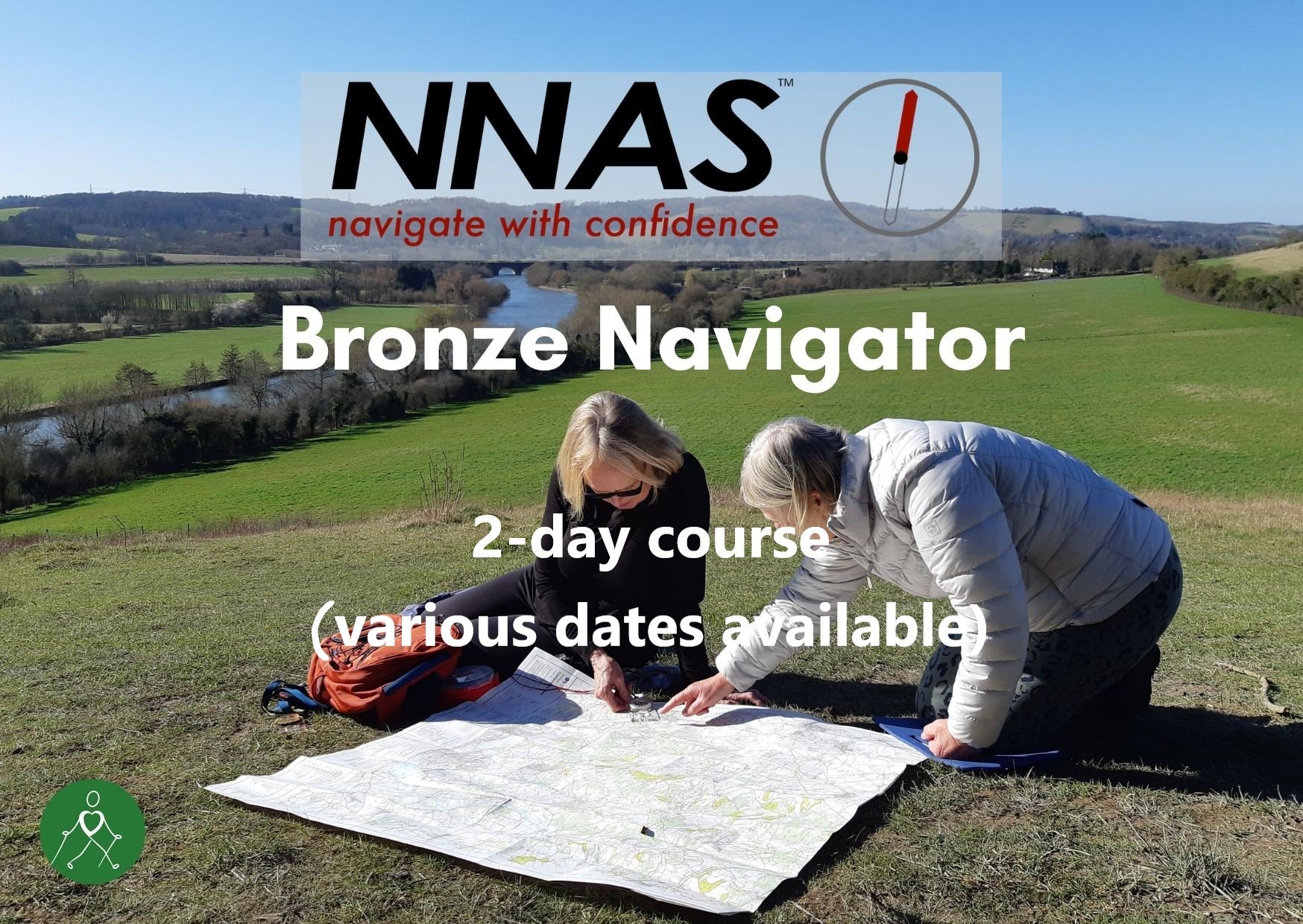Art and Remembrance
/If I should die, think only this of me:
That there's some corner of a foreign field
That is for ever England
(Rupert Brooke)
Brooke was a First World War poet whose romantic vision of England was shaped by the Chiltern Hills where he often walked. In this small corner of England on this weekend of Remembrance our walk has a fitting theme.
Our start/finish point for this walk was the wonderful Blue Tin Farm Shop, a little gem tucked away on the top of the Oxfordshire Chilterns escarpment, and perfect for post walk refreshment and some local produce shopping! But first we walk and remember...
It was a glorious sunny morning with autumn mist in the valley. We started out from Garson’s Farm along the Chiltern Way, down through golden beech woods to Bottom Farm and on up to Hammonds Farm.
The Nuba Survival
Emerging from Hammond’s Wood, we see in the distance over the hedgerow and brown ploughed fields, a chilling portrayal of the plight of the Nuba peoples of Sudan. It is a larger than live sculpture, titled “The Nuba Survival”, depicting two skeletons in an embrace.
The seemingly remote location, in a field alongside a dilapidated old barn between Checkendon and Exlade Street, makes this haunting sculpture all the more powerful. Compelled to approach the sculpture, we are awed by its presence; a photograph does not really convey the size or impact of the piece.
The Nuba Survival was created by local Oxfordshire artist John Buckley following a visit to the Nuba Mountains in southern Sudan where he had witnessed the suffering of the Nuba people after 30 years of conflict in the region. His response, drawing attention to their plight, was this incredible work.
We leave this evocative place in contemplation but before long our focus has switched to dodging the mud, aided by our Nordic walking poles, along Corkers Lane. Our path takes us through woods, passing the old woodman’s cottages at Heath End, eventually reaching Checkendon. At this time of year fascinating fungi are sprouting everywhere, demanding frequent stops to marvel at their wonder along our way.
Checkendon Church
We come into the village by the Old Forge, once the place of the blacksmiths art and, continuing with our Art & Remembrance theme, head for the picturesque flint church of St. Peter and St. Paul. We pause under the lych-gate to learn about Eric Kennington and Laurence Whistler before entering the church to view some of their splendid work. The lych-gate itself commemorates the men who fell in the two World Wars and there are a number of Commonwealth War Graves in the churchyard.
The church is a real gem. The current building with its round apse and herringbone flint walls dates back to Norman times. Inside we find the apse decorated with mediaeval wall paintings.
Kennington & Whistler
Filling the old north door of the nave is the unfinished Angel sculpture by Eric Kennington (1888 – 1960). Kennington was a sculptor, artist and illustrator, and an official war artist in both World Wars noted for his depictions of the daily hardships endured by soldiers and airmen. He was churchwarden here and in the 1950s coordinated restoration work. He is buried in the churchyard.
In the south wall of the nave, opposite the Angel is the stunning diamond-point etched Kennington Memorial Window, commissioned by his wife and designed by Laurence Whistler (1962).
Two more modern glass windows also draw the eye; the serenely beautiful Ryder Memorial Window by John Hayward (1987); and the geometric and recent work by Debora Coombs.
The blues, greens and gold in the Ryder window are characteristic of Hayward’s stained glass. The subject is the the Arts and their traditional role in the enrichment of the Christian story. The figures typify Writing, Painting and Music: St Luke, patron saint of painters, with palette in one hand; St John with words from the Prologue to the Gospels; and St Cecilia, patron saint of Music. The opening bars of Schubert's 'An Die Musik' are also depicted.
Sculpture in the Wood
Having marvelled at the church treasures, it was time to move on. By now the forecast rain had caught up with us and it was time to get the waterproofs on!
Leaving the church we pass Checkendon Court, a Tudor mansion much altered in the 1920s by the eminent Arts and Crafts architect Edward Dawber (1861 – 1938). Dawber, known for his design of the Reptile House at London Zoo, was President of the RIBA and helped to establish the Council for the Preservation of Rural England (CPRE).
Our path took us through the wooded grounds of Lovegrove’s Farm where we chance upon an eclectic collection sculptures, from roman busts to Hepworthesque stones!
The moss covered horse was a poignant reminder of the thousands of horses that were lost during times of conflict.
Doodlebugs!
Passing Scott’s Farm we drop down into a deep wooded bottom (valley) before climbing up through Yew Tree Brow, our poles helping to make light of the hill. It is here that a doodlebug fell during WWII. An account of a local man, John Pitt, recalls that the bomb come down and exploded in a small valley opposite Garsons Farm, just missing the nearby prisoner of war camp!
I was born in Stoke Row and well remember as a young lad watching with my mother and older brother a doodlebug passing overhead, coughing and spluttering and dropping rapidly (obviously low in fuel)...
As young lads, we were soon on our bicycles going to the very spot where the V1 had landed. It had done no damage and had missed the German prisoners of war!
I remember the blast had taken all the green leaves off the surrounding trees and made them the size of confetti several inches thick on the ground.
We were now approaching the end of our Art & Remembrance walk and, rustling our feet in the thick confetti of golden leaves around us, took a few moments to reflect and remember...
Finally, we enjoyed the wonderful hospitality of Emma and her team at the Blue Tin Farm Shop and cafe with some well earned refreshment and made a few purchases of wonderful local Chilterns produce to take home with us!
Find Out More
You can find out more about the artists encountered on this walk and Checkendon church here:
Checkendon church, including the Kennington sculpture and memorial window.
I you would like to experience this walk, or a similar art inspired journey on foot, please get in touch. We would love to hear from you!
























